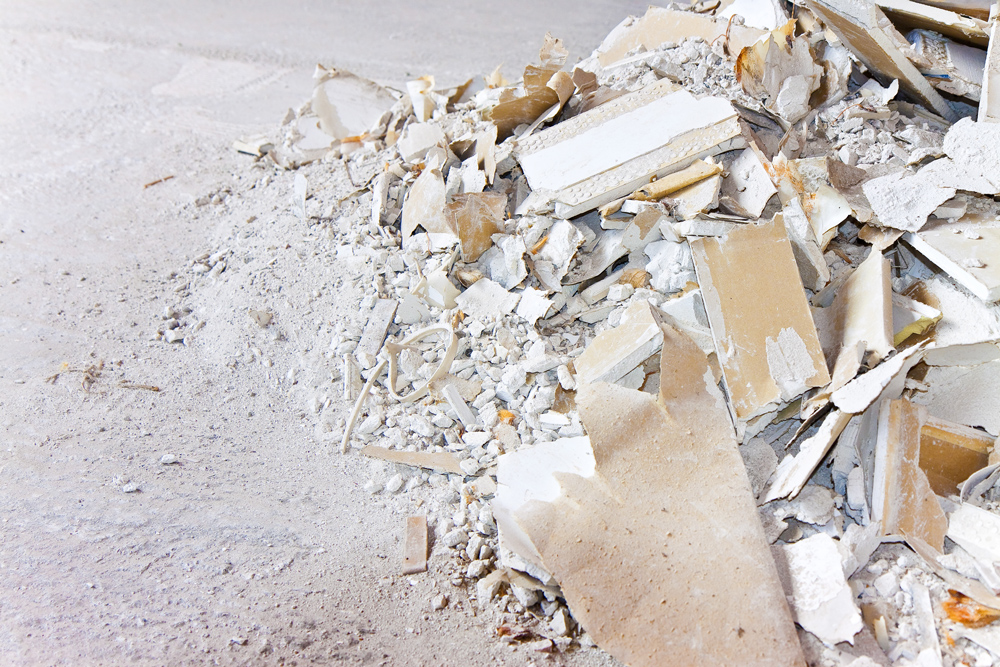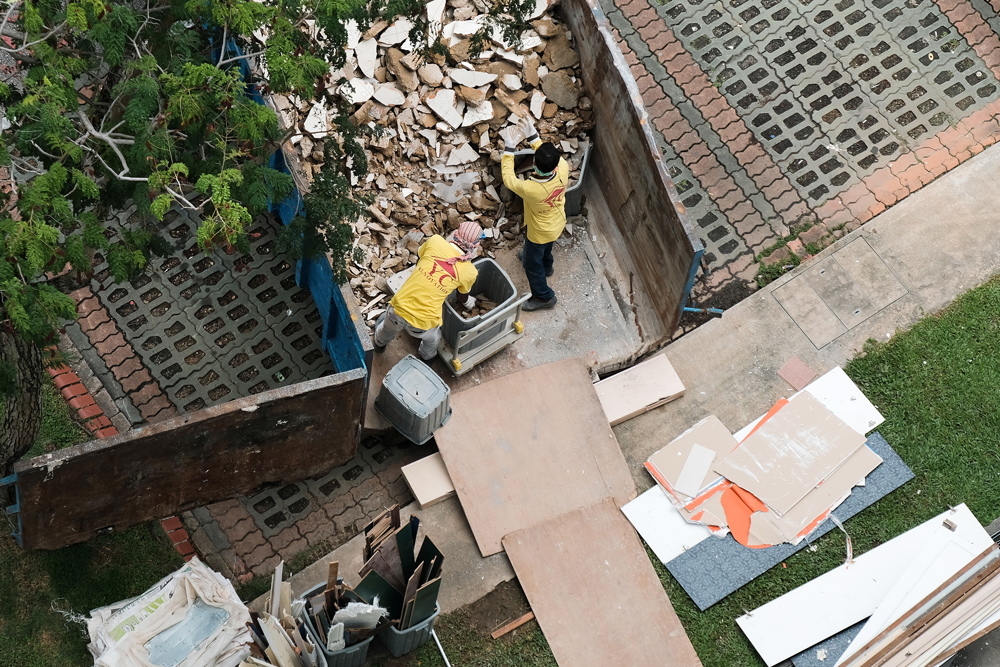Gypsum being an eternally recyclable mineral, the European gypsum industry is committed to a circular economy. To use mineral resources in the most effective and responsible way, especially with an anticipated decline in the availability of synthetic gypsum from coal power plant desulphurisation in the coming decades, our industry has made considerable efforts to promote the recycling of plasterboards.
A key milestone has been the “Gypsum to Gypsum” (G to G) project supported by the European Union in 2013-2015, which demonstrated in particular the possibility to manufacture plasterboard with 30% content of gypsum waste from production, construction and demolition. Find out more below about this project and its main outcomes.
Achieving the fully functional closed-loop recycling of plasterboard throughout Europe is a priority endeavour for Eurogypsum and its members. This requires good cooperation and regular exchanges with the whole recycling chain. Find out more below about our actions and the European Gypsum Recyclers Forum.

Gypsum to Gypsum – The “G to G” project
Gypsum is 100% recyclable. Waste collection and recycling systems are operational in several European countries. However, a large proportion of gypsum waste is still landfilled and backfilled. This paradox was the starting point for a 3.5 million EUR project in 2013-2015, co-funded by the European Union under the Life + Programme, to test the possibilities of recycling an important stream of construction waste on a large scale.
Key conclusions from the project were:
- Plasterboard can be produced with up to 30% content of recycled gypsum coming from both production and construction and demolition waste.
- Recycling in construction is possible if the interests of every player are taken into account.
- The uptake of circular practices in building design is a key to success: Using deconstruction instead of demolition at a building’s end of life helps to obtain high-quality waste streams.
- We need a legal framework which discourages the disposal of recyclable waste in landfills, to foster the economic competitiveness of recycling.
- Recycled waste should be viewed as a resource, through end-of-waste status, to increase confidence in recycling.
Gypsum Recycling – the continued cooperation
Following up from the G-to-G project, Eurogypsum has maintained regular exchanges with all actors of the European gypsum recycling chain, e.g. in the form of a European Gypsum Recyclers Forum.
Furthermore, Eurogypsum’s Circular Gypsum Working Group meets several times each year to coordinate new actions on circularity. Major achievements from the Working Group will be posted here.
Find more about our actions on circularity:
Quality for recycling
To help closing the loop in the gypsum value chain, Eurogypsum recommends a number of parameters to ensure the end-of-waste status to reprocessed gypsum from waste plasterboard and other gypsum-based products. This will allow the reprocessed gypsum to be used in the manufacturing of new plasterboard or other gypsum-based products.
The document outlines specifications that can be adopted by reprocessors for producing defined grades of reprocessed gypsum from waste plasterboard or other gypsum-based products. This will assure potential customers that they are procuring a material of consistent and verifiable quality.



